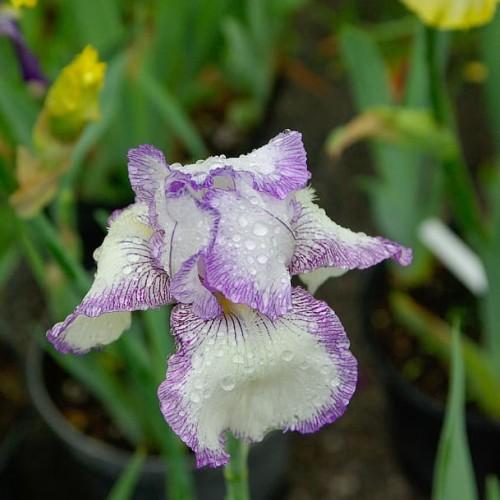
tall bearded reblooming iris
Iris 'Autumn Tryst'
Cycle:
Herbaceous Perennial
Watering:
Average
Hardiness Zone:
3 - 10
Flowers:
Flowers In Spring
Sun:
Full sun
Leaf:
Yes
Growth Rate:
High
Maintenance:
Moderate
Drought Tolerant:
Yes
Care Level:
Medium
watering
Water tall bearded reblooming iris (Iris 'Autumn Tryst') deeply and thoroughly, approximately once a week. Allow the soil to dry out, but not completely, between waterings. During hot, dry weather, it may be necessary to water more often. If in doubt, it is better to water too little than too much. If the soil is too soggy and saturated, it can lead to root rot and other plant diseases.
sunlight
Iris 'Autumn Tryst' should receive 6 to 8 hours of direct sunlight per day for optimal performance. The best times for sunlight are in the early morning and late afternoon, when the sun is at its lowest and most direct. Direct sunlight is particularly important for this plant species to ensure its flowering and coloration remain strong. Avoid direct sunlight during the middle of day when the sun is at its hottest, as this could cause sunburn and damage to the foliage. Additionally, the plant should have some shade during the hottest hours of the day to maintain vigor.
pruning
Tall bearded reblooming iris, such as the Iris 'Autumn Tryst,' need to be pruned twice a year. At the beginning of the growing season, usually in late autumn, you should remove dead foliage, old flower stems, and weaken or crowded foliage. In the spring, after all danger of frost has passed, cut off the withering foliage. When finished, the foliage should be about 4-6 inches high and the center area should be free of debris. New flowers may bloom as a result of the pruning. Too much pruning can limit blooming, so use caution and prune only when needed.
